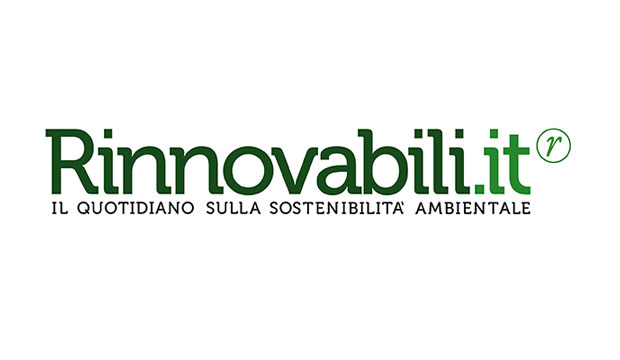 (Rinnovabili.it) – One of the most common minerals in nature, used in electronic devices and in a large number of medical technologies, it is the industrial production of silicon dioxide conventionally uses methods that cause pollution and are costly in terms of energy consumption, as a result of the high processing temperatures and the use of caustic solutions. The Nanosciences Institute of the CNR (National Research Council) in Lecce, in collaboration with the German University of Mainz, have now however come up with a new, more economical and ecological way of synthesising it. Drawing their inspiration from the synthesis carried out by many organisms in nature, the team of researchers, coordinated by Dario Pisignano, has succeeded in producing silicon dioxide microfibres in the laboratory, by means of biological processes carried out at room temperature and using atmospheric pressure and neutral aqueous solutions. «We have guided the growth of silica in controlled geometries, obtaining microfibres similar to the microscopic structure of the skeleton of a natural sponge, explains Pisignano. Currently at the patenting stage, this discovery could be used in numerous applications, including optical light guides in portable micro devices.
(Rinnovabili.it) – One of the most common minerals in nature, used in electronic devices and in a large number of medical technologies, it is the industrial production of silicon dioxide conventionally uses methods that cause pollution and are costly in terms of energy consumption, as a result of the high processing temperatures and the use of caustic solutions. The Nanosciences Institute of the CNR (National Research Council) in Lecce, in collaboration with the German University of Mainz, have now however come up with a new, more economical and ecological way of synthesising it. Drawing their inspiration from the synthesis carried out by many organisms in nature, the team of researchers, coordinated by Dario Pisignano, has succeeded in producing silicon dioxide microfibres in the laboratory, by means of biological processes carried out at room temperature and using atmospheric pressure and neutral aqueous solutions. «We have guided the growth of silica in controlled geometries, obtaining microfibres similar to the microscopic structure of the skeleton of a natural sponge, explains Pisignano. Currently at the patenting stage, this discovery could be used in numerous applications, including optical light guides in portable micro devices.